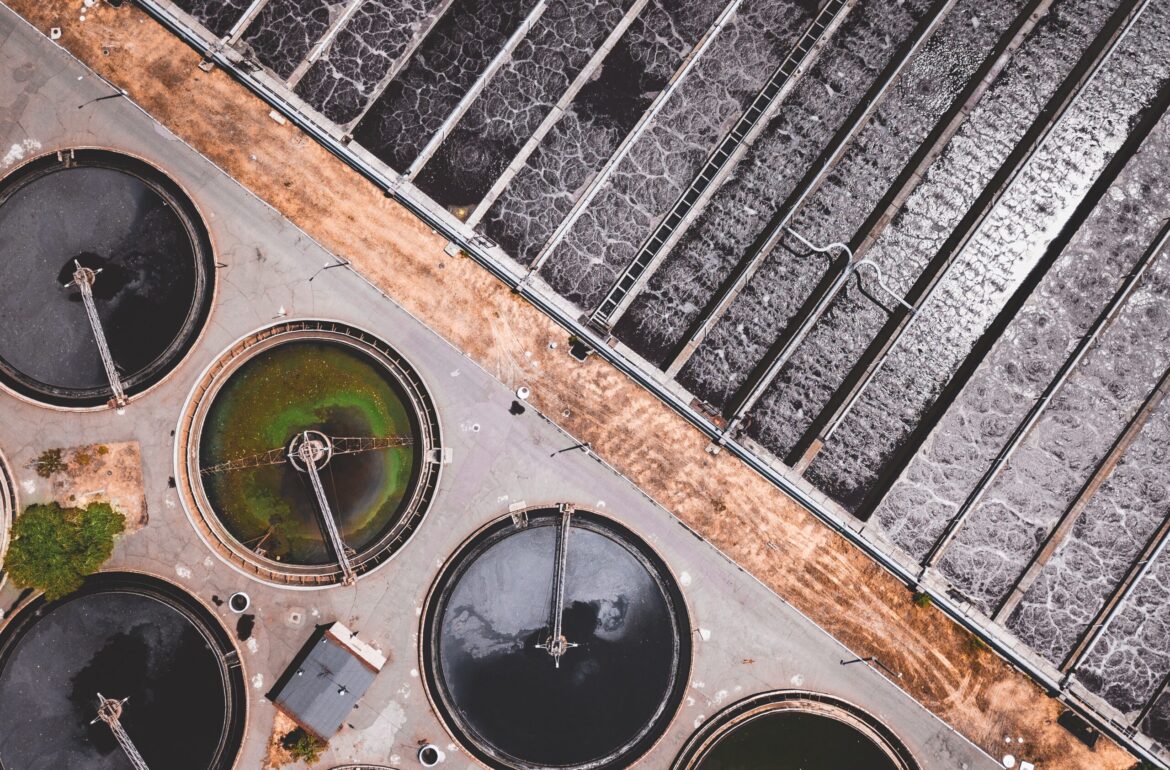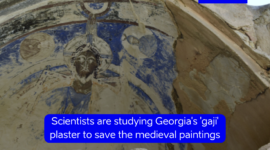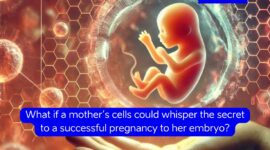The environmental chemistry workgroup at the UT Institute of Chemistry is now building a mobile pilot plant in collaboration with Tartu and Tallinn wastewater treatment plants to study the efficient removal of organic micropollutants from wastewater, many of which end up there from our everyday household use.
PFAS (per- and polyfluorinated alkyl substances) are one of the hottest topics all around the world at the moment. These substances – also called the forever chemicals – are commonly used organic chemicals in many fields of life. While some uses could be called essential, such as their inclusion in fire-fighting foams or asthma inhalers, most commonly, these substances are just added to various everyday products to make them more convenient for everyday use.
The non-stick, stain-, fire- and water-repellent properties of different PFAS are what we expect from many consumer items, such as Teflon pans, textiles, shoes, cosmetics, personal hygiene products, ski waxes, lubricants, etc. Unfortunately, these chemicals do not degrade in the environment. They are now associated with various health risks even at very low concentrations (hence the name micropollutant). PFAS may cause changes in thyroid function and fat metabolism, decreased fertility, impaired functions of the immune system and even cancer. PFAS and many other micropollutants from factories and our homes often end up transferred to the local wastewater treatment plants, which are not currently equipped with sufficient technologies to keep these pollutants from ending in nature.
This is one of the many topics the environmental chemistry workgroup in the field of water management, led by associate professor Taavo Tenno, is currently working at the University of Tarty Institute of Chemistry. They are working with wastewater from both industrial and municipal sources. According to Dr Tenno, the workgroup is not just analysing and monitoring the different micropollutants in water but is steered towards developing suitable treatment technologies. The group often collaborates with various industries and water companies in Estonia to apply these technologies in real life.
Within the project EMPEREST, which was just kicked off at the beginning of this year, the workgroup is involved in designing and building mobile treatment plants into movable shipping containers and using them to test novel wastewater effluent treatment technologies in multiple different locations. In collaboration with partners from Estonia, Finland, Latvia, Lithuania, Poland and Germany, these practical experiences will be put together into a guidance material, enabling wastewater treatment plants to make better decisions when planning their full-sized investments into organic micropollutant treatment technologies. In addition, a strategy to mitigate the risk of PFAS on the local municipality level (led by the City of Riga) and regional recommendations for monitoring and assessment of PFAS in the Baltic Sea region (led by HELCOM) are also put together within the same project.

EMPEREST, which stands for Eliminating Micro-Pollutants from Effluents for REuse STrategies, is a three-year project funded by Interreg Baltic Sea Region and co-funded by the Estonian Environmental Investment Centre.
Author: Taavo Tenno. The article was originally published on the Tartu University Institute of Chemistry webpage.
 Back
Back




